Garment makers get stitched up
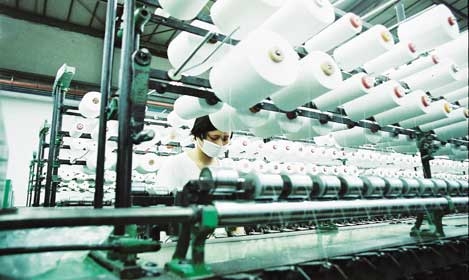 |
| Bumper garment orders have been negated by power and labour shortages |
According to the Vietnam Textile and Garment Association (Vitas), the majority of local apparel and textile manufacturing enterprises have already signed export contracts for the remaining months of the year, targeting to ship $10.5 billion worth of products for the entire year, up 15 per cent from last year’s figure.
“We are confident that by realising all the deals that local firms have already signed [with overseas clients], we will be able to achieve our full year’s goal for 2010,” said Vu Duc Giang, general director of the Vietnam National Textile and Garment Group (Vinatex).
However, local firms face some big hurdles.
“Frequent power cuts without any notice are creating a lot of difficulties and loss for local firms, particularly fabric manufacturers.
“Dying firms are those which have incurred biggest loss during the last few months, when power cuts happened very often,” Giang said.
With current technology, dying firms are able to dye between three and four tonnes of fabric a batch. If power cuts occur during the dying process, the fabric will be spoiled.
According to the state-run Electricity of Vietnam (EVN), the biggest power producer in the country, power supplies will remain tense because of higher demand and the longer dry season, which has seriously affected operation of hydropower plants.
Power consumption was estimated to surge to an average 297 million kilowatt hours per day in July, 7.6 per cent higher than the figure recorded in June at 275 million kWh per day. Such high demand will require an overall capacity of the power plants at between 14,000-15,000 megawatts.
“Because of power cuts, particularly in peak hours, some local firms asked their employees to work night shifts, which made their workers exhausted and then quit their jobs.
“Other firms which did not want to loose their workforce had to use other kinds of fuel to run the machines meaning that the firms suffered a four-time increase in their fuel cost for production,” Giang said.
“A regular and stable supply of power will be most necessary for local firms to realise their export targets this year,” he added.
Vietnam saw an increase of 17 per cent year-on-year in garment and textile exports to $5.8 billion in the first seven months of the year. Overseas shipments in July alone reached $1 billion, up 23 per cent from previous month.
Exports to South Korea grew 80 per cent on-year since early of this year. The figures were 23 per cent in the US market, 15 per cent in Japan, 30 per cent in the ASEAN and 1.5 per cent in the European Union market.
What the stars mean:
★ Poor ★ ★ Promising ★★★ Good ★★★★ Very good ★★★★★ Exceptional
 Tag:
Tag:
Related Contents
Latest News
More News
- Negotiations over payment agreement for LNG power stuck in deadlock (April 23, 2024 | 18:02)
- Masan completes $250-million equity raise from Bain Capital (April 23, 2024 | 17:37)
- Amata City Ha Long marks six years of development (April 23, 2024 | 17:00)
- Taiwan's Giant Group to build $120 million bicycle factory in Binh Duong (April 23, 2024 | 15:02)
- Nvidia delegation to explore opportunities in Vietnam (April 23, 2024 | 08:30)
- China's BOE builds $275 million electronics factory in Ba Ria-Vung Tau (April 22, 2024 | 10:44)
- Suntory PepsiCo breaks ground on its largest Asia-Pacific plant in Vietnam (April 22, 2024 | 08:53)
- New Hope ceases Binh Dinh pig-breeding project (April 19, 2024 | 18:34)
- Localities get ready for fourth FDI boom (April 19, 2024 | 16:41)
- Japanese retailer Takashimaya to advance project in Hanoi (April 19, 2024 | 11:31)


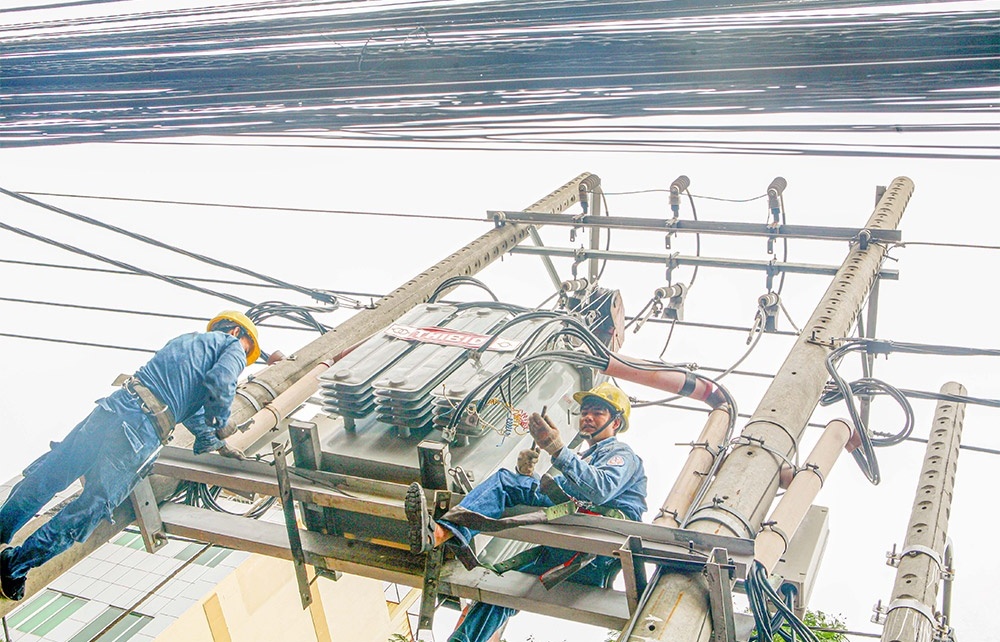
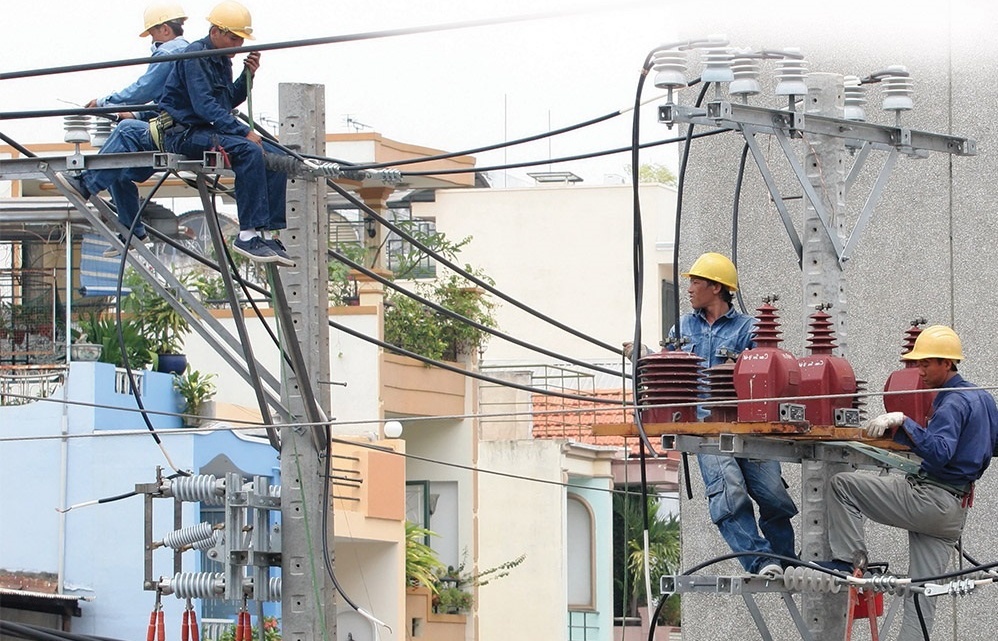
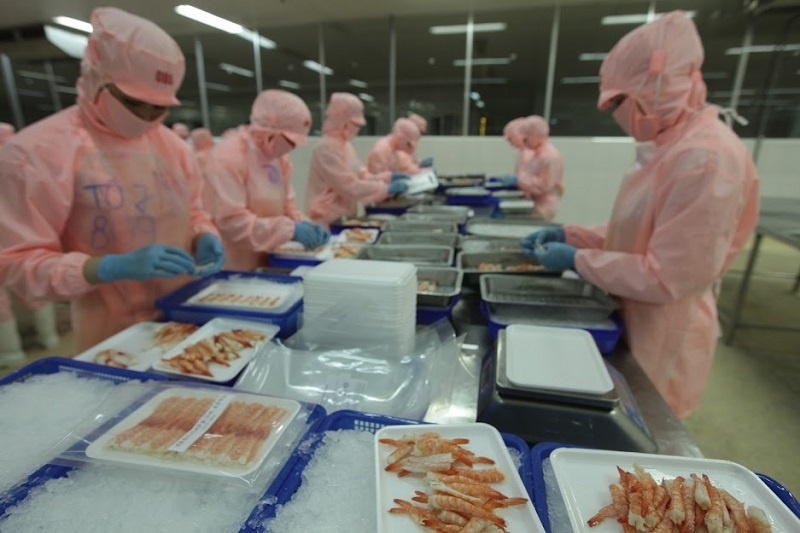


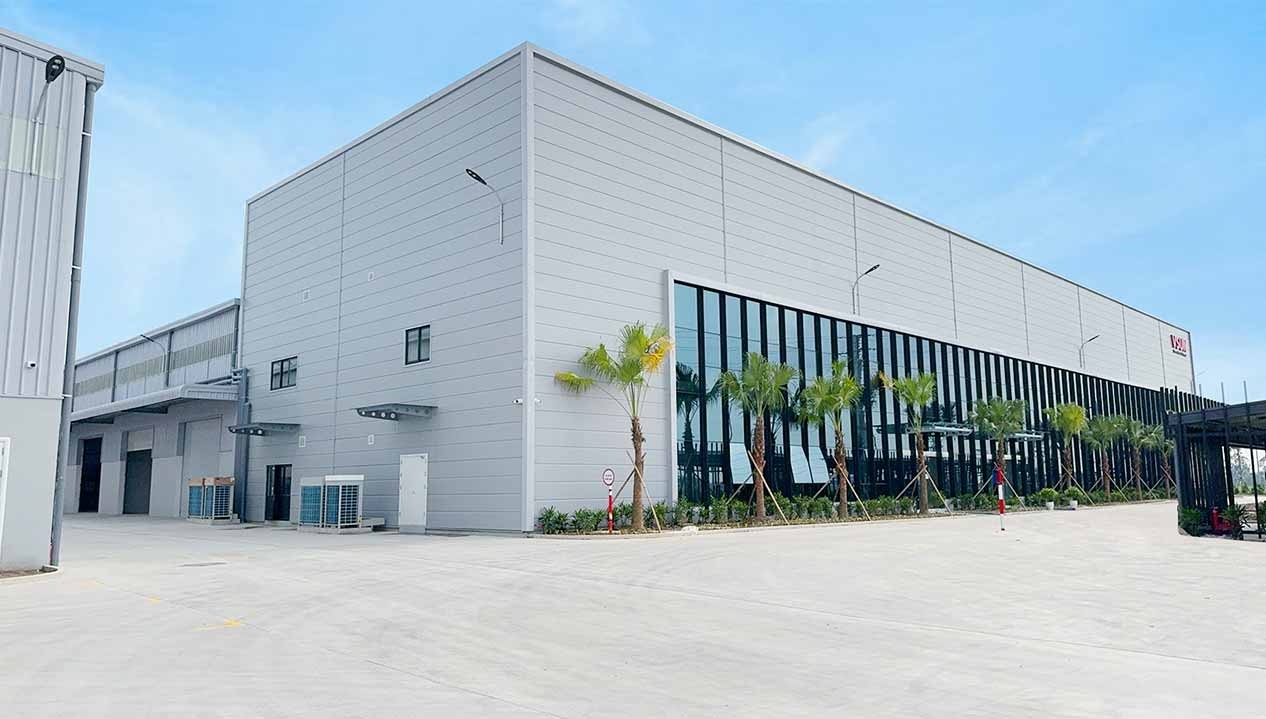
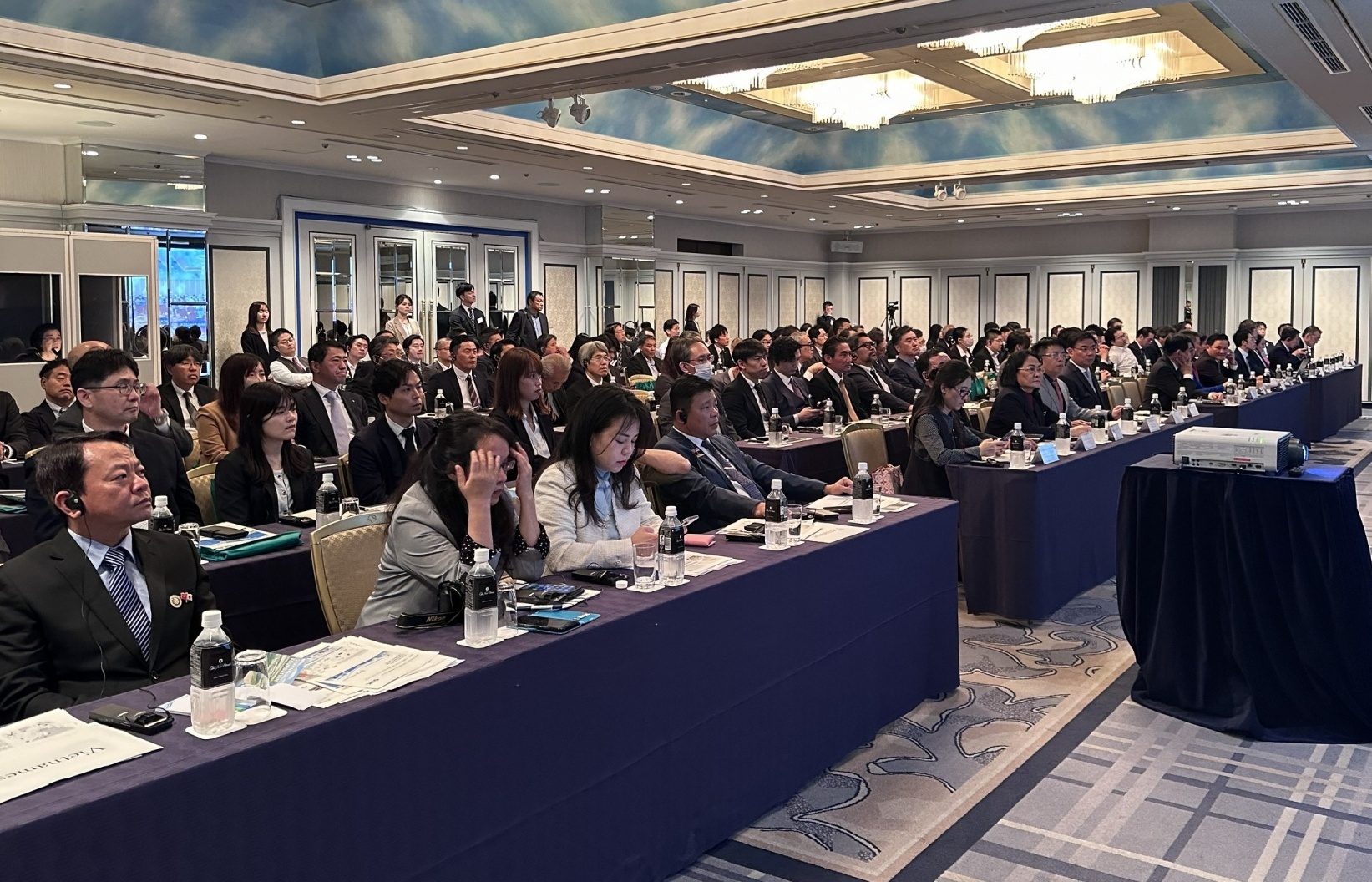
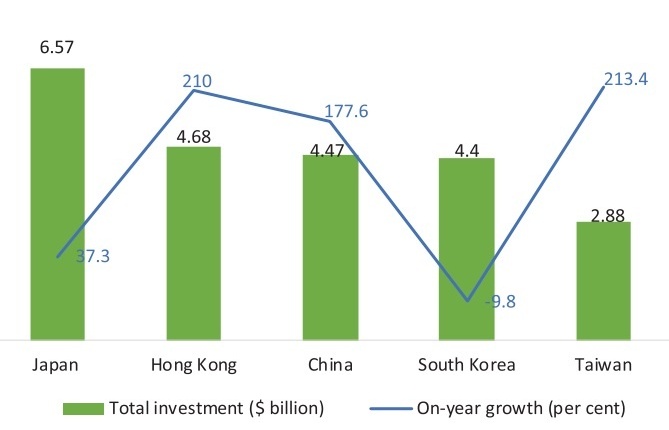

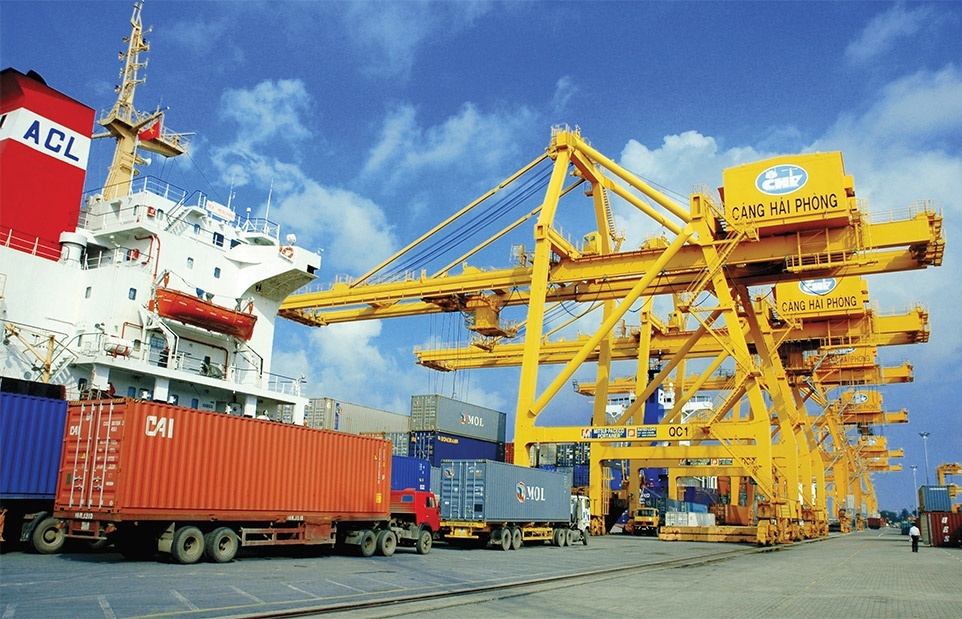









 Mobile Version
Mobile Version